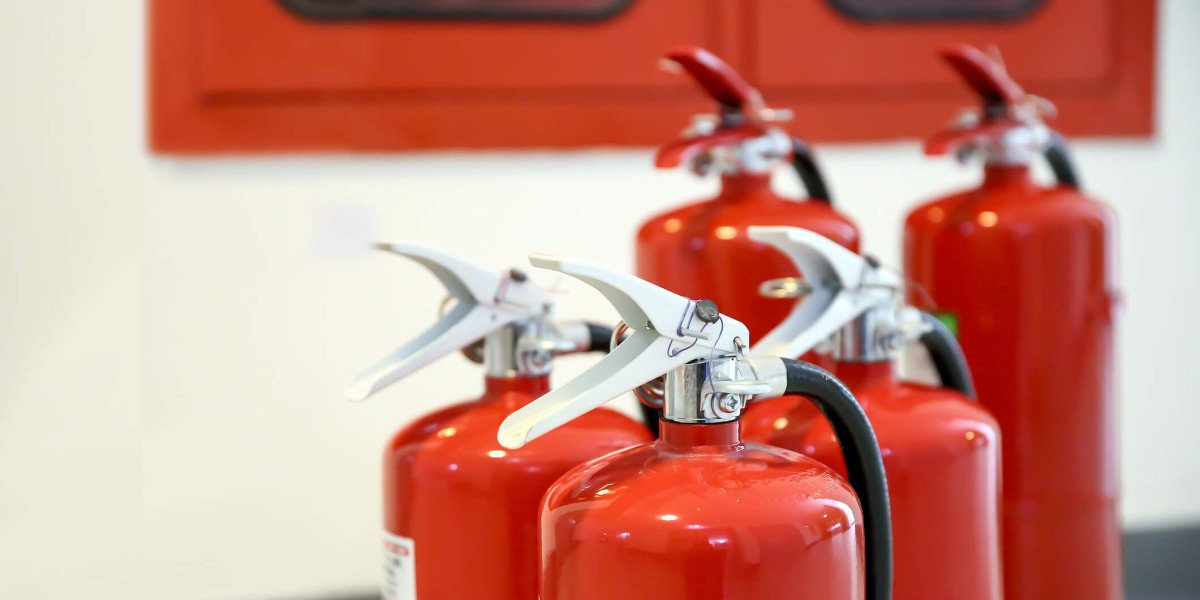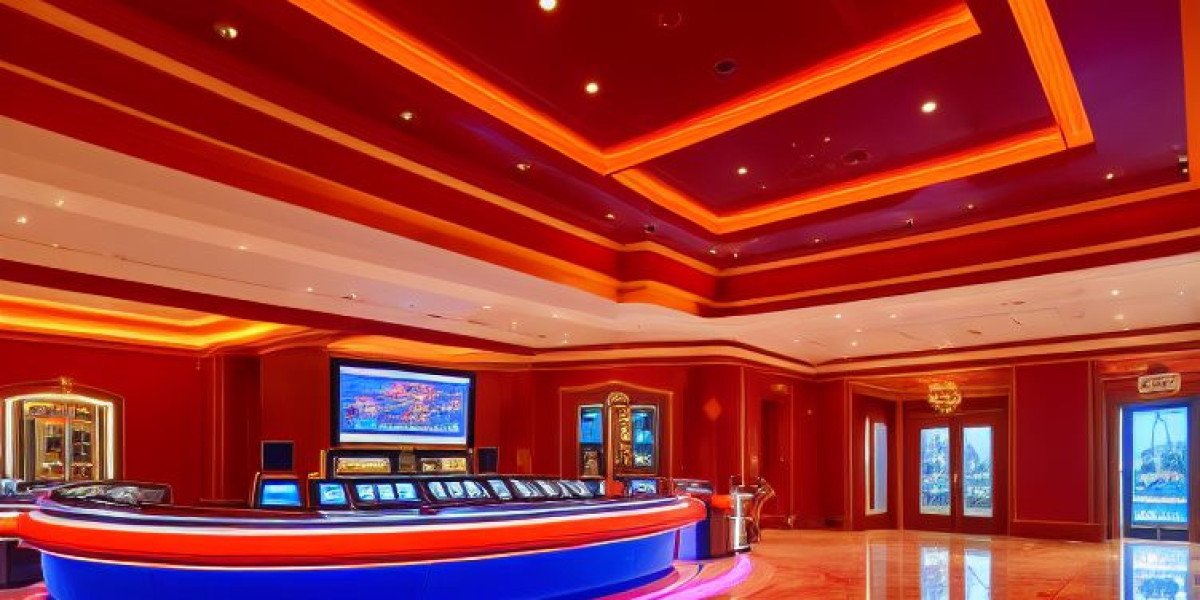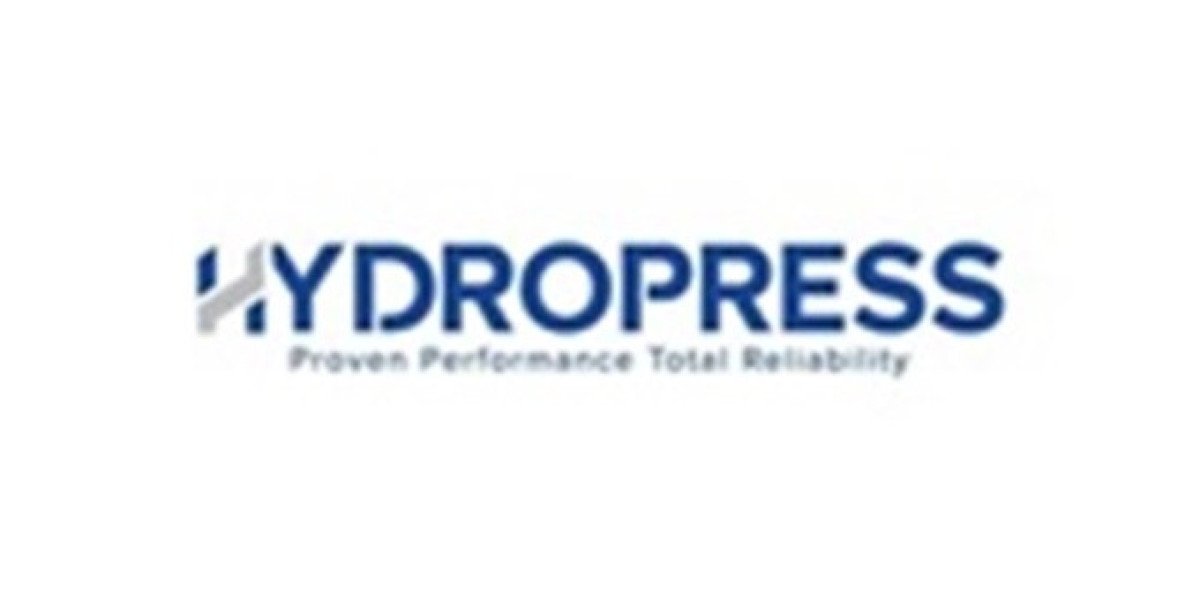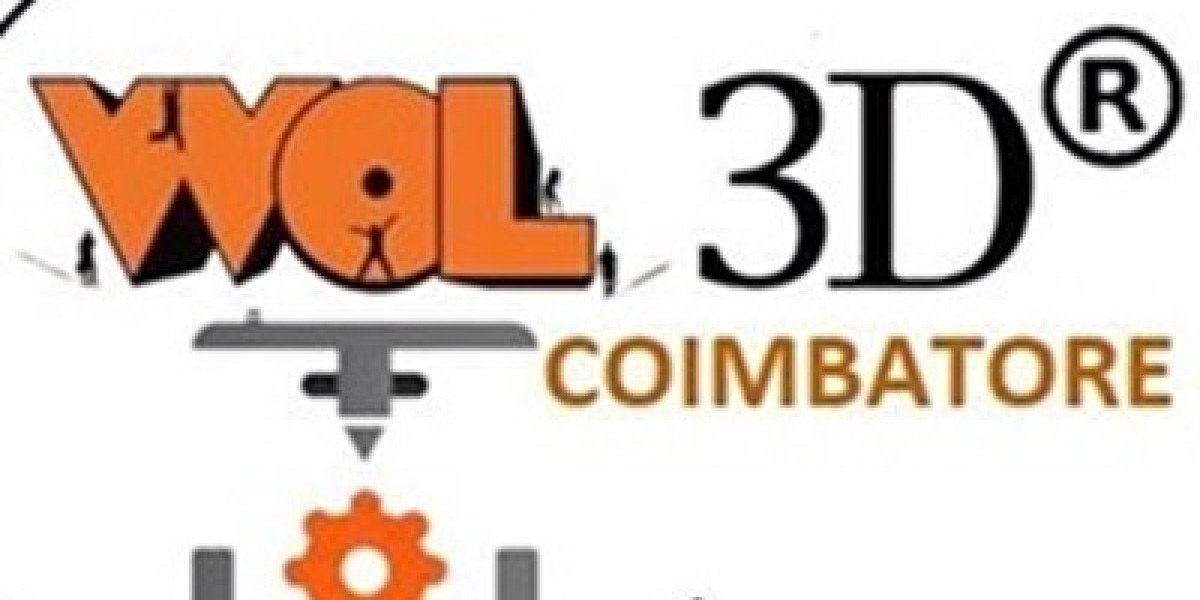In restaurants, kitchens are high-risk areas due to the combination of open flames, hot surfaces, electrical appliances, and flammable cooking oils. Fires in commercial kitchens can spread quickly, putting lives and property at risk. Therefore, it is crucial for restaurant owners and operators to invest in a comprehensive fire suppression system specifically designed to handle kitchen fires.
Restaurant fire suppression systems are tailored to address the unique fire hazards in a kitchen environment. This article explores the importance of fire suppression in restaurants, the types of systems available, and the key components that help prevent and manage kitchen fires effectively.
The Importance of restaurant fire suppression
Commercial kitchens are particularly vulnerable to fires due to the high temperatures involved in cooking and the use of flammable substances such as oils, grease, and cleaning agents. Kitchen fires can result in significant property damage, injury, or even loss of life. According to the National Fire Protection Association (NFPA), cooking equipment is the leading cause of restaurant fires, with the majority of these fires originating from stoves, grills, deep fryers, and ovens.
Restaurant fire suppression systems are essential for:
- Protecting kitchen staff and customers: The safety of employees and patrons is a primary concern. An effective fire suppression system ensures that the risk of injury or death is minimized in case of a fire.
- Reducing property damage: Fires can cause extensive damage to kitchen equipment, inventory, and the restaurant building itself. An effective suppression system can contain fires before they spread and cause significant destruction.
- Meeting regulatory requirements: Many local fire codes and insurance policies require restaurants to have fire suppression systems installed in their kitchens. Compliance with these regulations is not only mandatory but also vital for ensuring the safety of the establishment.
- Minimizing downtime: A fast response to a fire minimizes the damage and allows the restaurant to continue operations sooner, reducing costly downtime.
Types of Restaurant Fire Suppression Systems
Restaurant fire suppression systems are designed to detect and suppress fires in the early stages, often before they spread beyond the immediate area of origin. There are several types of systems, with the most common being wet chemical systems. Below are the key fire suppression systems used in restaurant kitchens:
Wet Chemical Fire Suppression Systems
Wet chemical systems are specifically designed to combat fires that involve cooking oils and fats, which are common in commercial kitchens. These systems use a specialized chemical agent to quickly suppress fires and prevent them from rekindling.
- How it works: When a fire is detected, the system automatically releases the wet chemical agent. The chemical agent works by cooling the fire, smothering it, and preventing oxygen from fueling the flames. It also creates a soapy layer over the oil, which helps prevent re-ignition.
- Advantages: Wet chemical systems are highly effective in suppressing grease fires, which are particularly dangerous due to their ability to spread quickly and cause significant damage. The agent used in wet chemical systems is non-toxic and safe for kitchen staff.
- Key components:
- Nozzles: Positioned above cooking equipment, such as fryers, griddles, and stoves, the nozzles release the chemical agent directly onto the fire.
- Control Panel: This is the brain of the suppression system. It detects the presence of fire through heat detectors or manual activation and triggers the release of the wet chemical agent.
- Tanks: The chemical agent is stored in pressurized tanks until it is released in the event of a fire.
- Manual Activation: In some systems, kitchen staff can manually activate the system if a fire breaks out and the automatic detection fails.
Carbon Dioxide (CO2) Fire Suppression Systems
Carbon dioxide (CO2) fire suppression systems are used in areas where a water-based suppression system may cause damage to sensitive kitchen equipment or inventory. CO2 is an effective agent for smothering fires because it displaces oxygen in the air, thereby suffocating the flames.
- How it works: When activated, CO2 systems release large amounts of carbon dioxide gas into the kitchen, displacing oxygen and putting out the fire. CO2 systems are typically used in kitchens with high-value equipment or areas where water damage could be detrimental, such as electrical rooms or areas with delicate machinery.
- Advantages: CO2 is a clean agent, meaning it doesn’t leave behind residue or cause further damage to equipment.
- Key components:
- CO2 Cylinders: These store the carbon dioxide gas under high pressure. When the system is triggered, the gas is released to suppress the fire.
- Discharge Nozzles: Strategically placed above cooking appliances, these nozzles direct the CO2 gas toward the fire.
- Control Panel: The panel monitors fire detection and activates the CO2 release when a fire is detected.
Sprinkler Systems
Sprinkler systems are commonly used in large commercial kitchens, although they are typically less effective in fighting grease fires compared to wet chemical systems. Sprinklers release water in the event of a fire, helping to control the spread of the flames and limit fire damage.
- How it works: When a sprinkler detects heat, it automatically releases water over the area to douse the flames. However, sprinklers are often not sufficient for fires involving grease or oil, which require specialized suppression agents.
- Advantages: Sprinklers provide an immediate response to fires and are part of the overall building fire safety system. They can help protect the rest of the restaurant from fire spread.
- Key components:
- Sprinkler Heads: Positioned throughout the kitchen, these release water in response to heat.
- Water Supply: A reliable water supply is essential for the effective functioning of the sprinkler system.
Additional Fire Safety Measures
In addition to fire suppression systems, there are several other fire safety measures that restaurant kitchens should implement to ensure the safety of employees and patrons:
- Fire Extinguishers: Ensure that appropriate fire extinguishers are available and easily accessible. Classes K, A, B, and C extinguishers are essential for combating a range of fire types, including grease, electrical, and general fires.
- Ventilation Systems: Kitchen exhaust systems should be regularly cleaned and maintained to prevent grease buildup, which can fuel fires. A clean kitchen exhaust system is a critical element of fire prevention.
- Fire Blankets: Fire blankets can be used to smother small fires, particularly those involving clothing or small cooking equipment.
- Employee Training: Staff should be trained in fire prevention techniques, fire safety protocols, and how to operate fire suppression systems effectively.
- Fire Exit Routes: Clear and accessible fire exits must be available to all kitchen staff and other building occupants in case of an evacuation.
Maintenance and Compliance
To ensure the ongoing effectiveness of a restaurant fire suppression system, regular maintenance and inspections are essential. Fire suppression systems should be checked by professionals to ensure they are in good working order, and kitchen exhaust systems should be cleaned regularly to prevent the accumulation of grease. In addition, restaurants must comply with local fire safety codes and regulations, which may include annual inspections and certification of the fire suppression system.
Conclusion
Restaurant fire suppression systems are critical to protecting both life and property in commercial kitchens. These systems are designed to quickly detect and suppress fires, especially those caused by cooking oils and grease, which can spread rapidly. By installing and maintaining the right fire suppression system—such as wet chemical, CO2, or sprinkler systems—restaurant owners can significantly reduce the risk of fire damage. Regular training, inspections, and maintenance are also crucial to ensuring the safety of both employees and patrons, making fire protection a key component of every restaurant’s safety plan.








